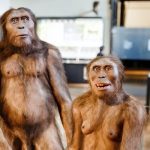We explain what Australopithecus is, where it originated and what are its characteristics. In addition, how was your diet and extinction.
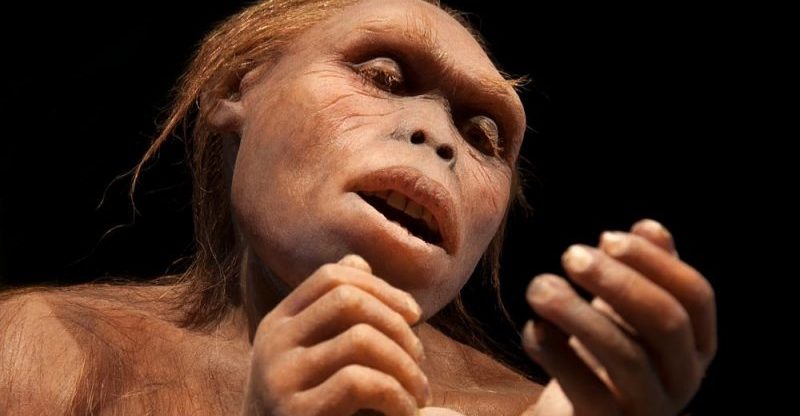
What was the Australopithecus?
Is called Australopithecus or Australopiteco a An extinct genre of hominid primateswithin which up to seven different species have been recognized, which inhabited prehistoric Africa about 4 million years ago.
They are species extremely important for the study of human evolution since it is the first bipedal primates, that is, in walking on their hind legs. It is considered that Australopithecus They were the first hominids and direct ancestors of the human race.
See also: Cromañon man
Origin of Australopithecus

The species that form the genus Australopithecus They inhabited the south and east of the African continent. The name Australopithecus integrates the words southern, “From the south” and Pitekos“Ape”, and refers to the first finding of fossil remains of the species, which happened in South Africa.
However, the Australopithecus He did not live only southern Africa nor is it a ape. Over time, Australopitecinos fossils were found in the current territories of Ethiopia, Chad, Kenya, Tanzania and South Africa.
Physical characteristics of Australopithecus
The Australopitecos They had robust and long armssimilar to those of the apes, which indicates that they combined their displacement over the lower extremities with the climbing of trees or climbing between branches.
They were small and thin, with a size between 1.20 and 1.40 meters high. Sexual dimorphism in its species was quite pronounced: the male could reach 50 % more size than the female.
Skull of Australopithecus
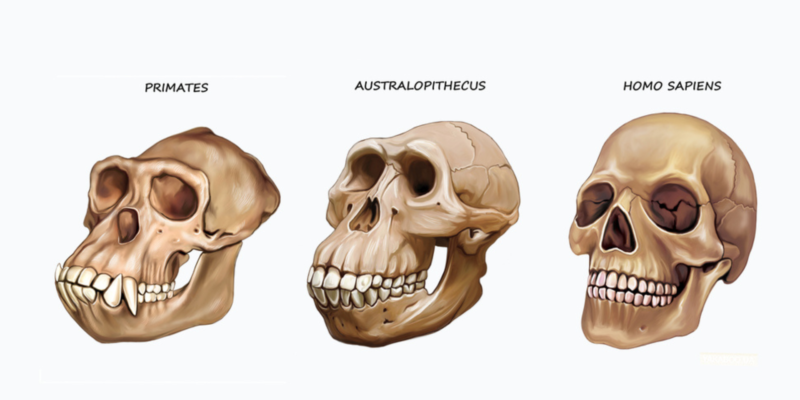
The Australopitecos possessed the maxillas and the teeth that then inherited the different kinds of hominids. His dental arcade was rounded, his canines stood out little and his incisors were small compared to his premolars and molars.
On the other hand, The volume of its cranial capacity was less than modern humans. Some species of Australopitecos had an average cranial volume of 440 cm3while others reached 520 cm3 (The average cranial volume of a current gorilla ranges between 420 and 700 cm3and that of a current human being between 1000 and 2000 cm3).
Feeding of Australopithecus
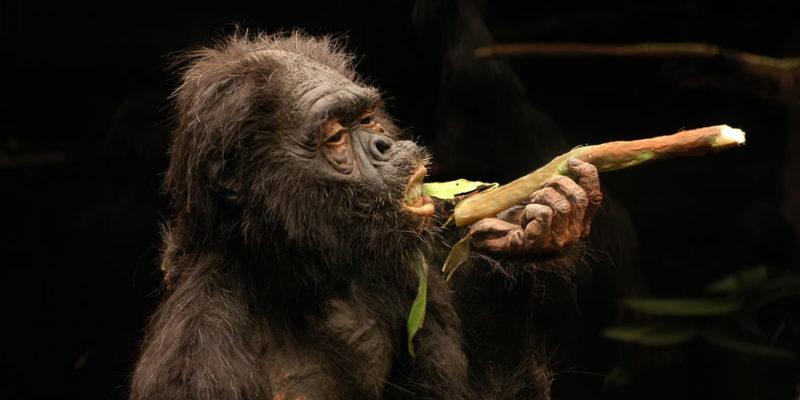
The jaws of these species They had teeth with dense enamel like humansbut at the same time molars and canines similar to the apes, which suggests that they could have been omnivores (that is, they fed on plants and animals).
Probably their ability to stand out would have allowed them to survive the displacement by land enough to feed on carrion, fallen fruits or other resources far from trees.
Habitat of Australopithecus
Australopitecos is likely to live In the oasis of the African savannahwhere there were still trees and more abundance of food, but not too much, because otherwise the need to descend from the trees and learn to walk erect is not explained.
It is possible that the latter gave them the definitive advantage to migrate, access other less populated food niches or foresee predators in African grasslands, being able to raise their eyes above.
Species of the Australopithecus
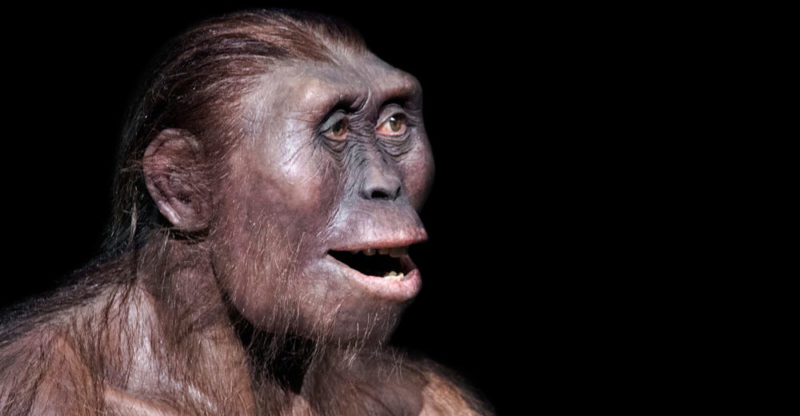
Seven species of Australopithecus:
- Australopithecus anamensis. They lived in the Kenyan area 4.2 and 3.9 million years ago and present wide molars and dense enamel.
- Australopithecus Afarensis. They existed 3.9 and 2.7 million years ago and were very similar to contemporary chimpanzees in their sound record.
- Australopithecus Bahrelghazali. It was the only species of Eastern Africa, existed 4 and 3 million years ago in Chad’s regions.
- Australopithecus deyiremeda. They lived 3.3 and 3.4 million years ago and had small teeth and robust bones in the jaw.
- Australopithecus Africanus. They had a more globular skull that reaches up to 450 ml capacity and their existence dates between 3 and 2.5 million years in the past.
- Australopithecus gharni. They are attributed to the indications of the lithic industry (stone tools), and lived 2.5 million years ago.
- Australopithecus Sediba. They are the most recent species, with only 2 million years old and it is estimated that they are the most likely ancestor of the line that led to humans.
See also: Homo sapiens
Lucy (Australopithecus)
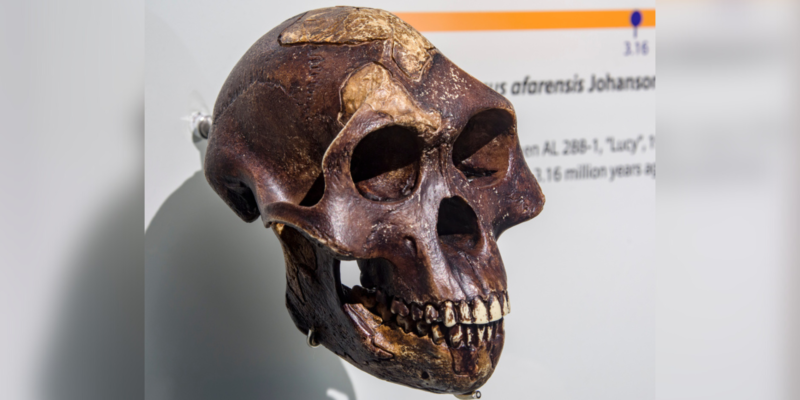
Lucy is the name of Skeleton of Australopithecus Afarensis better preserved than you have registration. His fossil remains were found in Hadar, Ethiopia, in November 1974, by scientist Donald Johanson and his team. Correspond to the skeleton of a Australopithecus Afarensiscomplete in 40 %.
Lucy measured just 1.27 meters and weighed 27 kg, and it is estimated that its age is 2.9 to 3.8 million years.
Fossil deposits of Australopithecus
The main fossil deposits of this genre are in Africa, specifically in: Bahr-El-Gazal, South Sudan; Hadar and Awash Medio, Ethiopia; Lake Turkana, Kenya; Laetoli, Tanzania; Makanspansgat, Sterkfontein and Taung, South Africa.
Extinction of Australopithecus
It is estimated that the disappearance of the Australopitecos It took place 1 million years ago. Archaeologists argue that this was probably due to competition with gender Homowith whom they coexisted in the habitat of savannas and plains.
He Australopithecus In human evolution
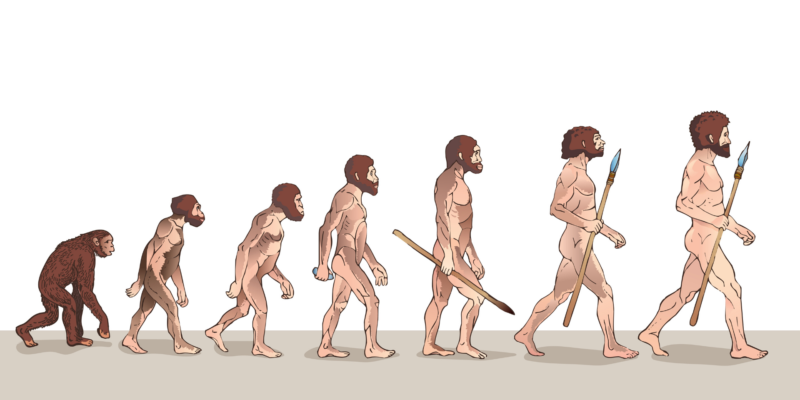
The study of Australopithecus In human evolution it is fundamental. It was the first bipedal primatewhich inaugurated the possibility of walking on the lower extremities and thus release the superiors to perform a whole series of complex tasks.
In addition, one of the species of this genus (Australopithecus Afarensis) gave way to the first species of the genus Homofrom which the current human being derived.
Continue with:
References
- López Serrano, A. (1996). Hominization and material culture process. The contribution of historical anthropology.
- Harris, M. (1981). Introduction to General Anthropology. Alliance.
- “Australopithecus” on Wikipedia
- “Australopithecus” at Britannica Encyclopeedia
- “Who is Lucy, the Australopiteco?” In the country (Spain)
- “The Australopithecus and human evolution” (video) National Museum of Mexican Anthropology
- “From Australopithecus to Homo Sapiens” (Video) RTVE
- “Australopithecus” in a prehistoric world




